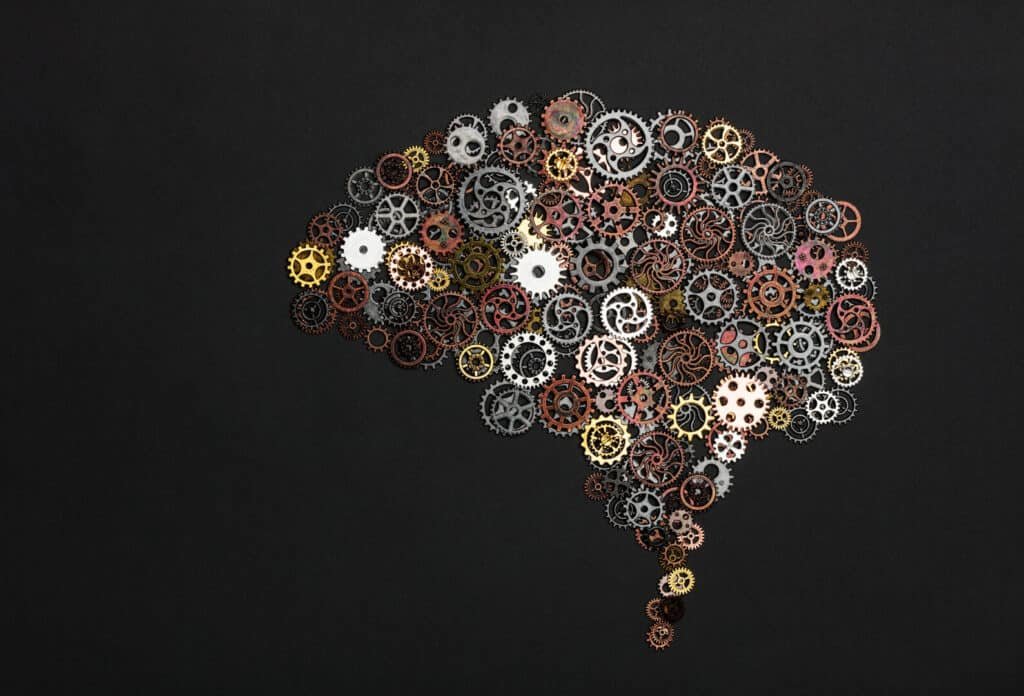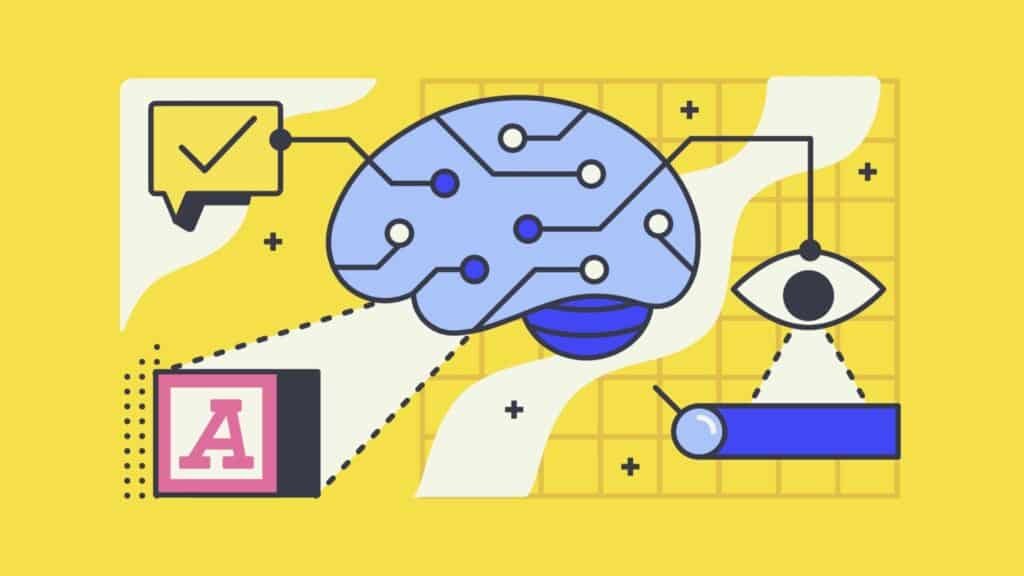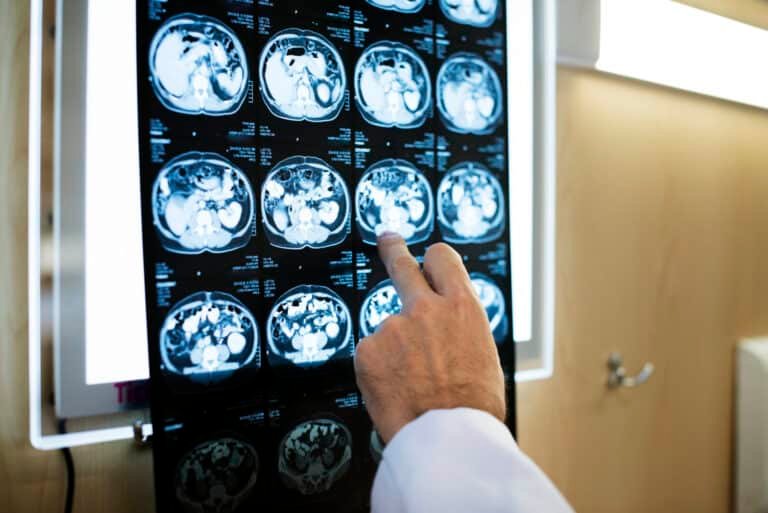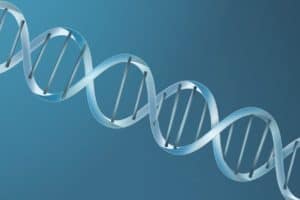A new study by researchers at Weill Cornell Medicine has identified four distinct autism subtypes based on brain activity and behavior, offering potential for personalized diagnosis and treatment.
Published in Nature Neuroscience on March 9, the study employed machine learning to analyze neuroimaging data from 299 autistic individuals and 907 neurotypical participants. This analysis revealed patterns of brain connections linked to behavioral traits in autistic people, such as verbal ability, social affect, and repetitive or stereotypic behaviors. The four autism subtypes were then confirmed in another dataset, with differences in regional gene expression and protein-protein interactions accounting for the observed brain and behavioral variations.
Co-senior author Dr. Conor Liston, an associate professor of psychiatry and of neuroscience at Weill Cornell Medicine, stated that the study offers a fresh approach to defining autism subtypes, which could eventually lead to new diagnostic and treatment methods. In a previous study in 2017, Dr. Liston and his colleagues used similar machine learning techniques to identify four biologically distinct depression subtypes, which responded differently to various treatments.
Lead author Dr. Amanda Buch, a postdoctoral associate of neuroscience in psychiatry at Weill Cornell Medicine, said that the research team aimed to determine if comparable subgroups exist within the autistic population and if different gene pathways are responsible for them. Dr. Buch developed new techniques for integrating neuroimaging data with gene expression data and proteomics, enabling the testing and development of hypotheses about how risk variants interact in the autism subtypes.
The study’s large dataset was made possible by the work of Dr. Adriana Di Martino, research director of the Autism Center at the Child Mind Institute, and other colleagues across the country. This dataset allowed the research team to identify four clinically unique groups of autistic individuals, each with distinct brain connection patterns.
The researchers validated their findings on a second human dataset, which also revealed the same four subgroups. Moving forward, the team plans to study these subgroups and potential subgroup-targeted treatments in mice, collaborate with other research teams with large human datasets, and refine their machine-learning techniques.

The identification of these four distinct autism subtypes may have significant implications for the future of autism diagnosis and treatment. By better understanding the differences in brain activity and behavior among autistic individuals, personalized treatment plans can be developed to address the unique needs of each subtype.
Further research is necessary to fully understand the underlying biological mechanisms and the specific gene pathways responsible for the differences observed in these autism subtypes. As more information becomes available, medical professionals and researchers can develop more targeted interventions and therapies to improve the quality of life for autistic individuals.
In addition to studying these subgroups in mice, the research team will continue to collaborate with other research groups to expand the available dataset and refine their machine-learning techniques. This collaborative approach may lead to new discoveries and insights into the complex nature of autism spectrum disorder.
As the understanding of autism subtypes evolves, there may be opportunities to develop new diagnostic tools and early intervention strategies that can better support autistic individuals and their families. Early identification of a specific autism subtype could allow for more tailored support and resources, addressing the unique challenges faced by individuals within each subtype.
Ultimately, the identification of these four autism subtypes may lead to significant advancements in the field of autism research and treatment. By gaining a deeper understanding of the diverse nature of autism spectrum disorder, researchers and medical professionals can work together to improve the lives of autistic individuals and their families through more personalized care and targeted interventions.

The advancements in autism research may also lead to a more comprehensive understanding of the various factors that contribute to the development of autism spectrum disorder. Environmental factors, genetics, and other elements could be explored in more detail, offering a more comprehensive view of the disorder and its complexities.
As researchers continue to delve deeper into the different autism subtypes, there may be opportunities to explore potential connections between autism and other neurodevelopmental disorders, as well as co-occurring conditions. This knowledge could foster a more holistic approach to treatment, addressing not only the core symptoms of autism but also the challenges associated with co-existing conditions.
Public awareness and understanding of autism spectrum disorder could also be enhanced as a result of these advancements. By acknowledging the diverse nature of autism and its various subtypes, society can work towards more inclusive and supportive environments for autistic individuals. This might involve adjustments in educational settings, workplaces, and other areas of daily life to accommodate the unique needs of people within each autism subtype.
Additionally, these findings could empower autistic individuals and their families by providing them with a better understanding of their unique experiences and challenges. This knowledge could foster a sense of identity and belonging, as well as promote self-advocacy and increased participation in the development of personalized treatment plans.
In conclusion, the discovery of the four distinct autism subtypes has the potential to revolutionize the understanding, diagnosis, and treatment of autism spectrum disorder. As research continues to evolve, there is hope that autistic individuals and their families will benefit from more personalized care, targeted interventions, and increased public awareness and understanding of the diverse nature of autism. This progress could lead to a better quality of life for autistic individuals and foster more inclusive and supportive environments in which they can thrive.
See the study: Here













